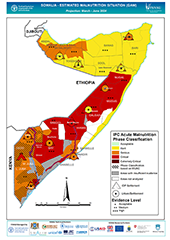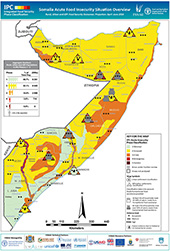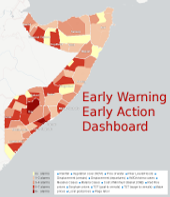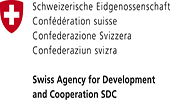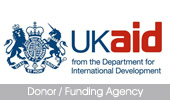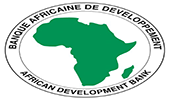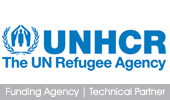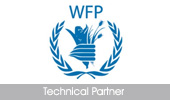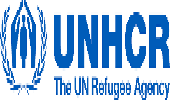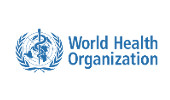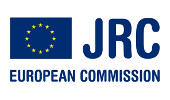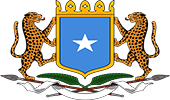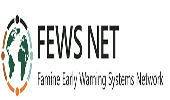Joint FSNAU-FEWS NET Food Security Outlook Report, October 2021-May 2022
Issued: November 5, 2021
Inadequate Deyr rains will likely worsen current drought, leading to Emergency (IPC Phase 4) outcomes KEY MESSAGES • Somalia is experiencing its third consecutive below-average rainfall season since late 2020, which is worsening the current drought. Most of southern, central, and northeastern Somalia have received little to no rainfall since June, as the October to December 2021 Deyr rains are delayed. Weather forecasts indicate a delayed start of the rains is likely to occur in November, but this will likely be inadequate to prevent significant crop and livestock production losses. Long-range forecasts for the April to June 2022 gu rains also suggest elevated chances of a fourth below-average rainfall season. Somalia last experienced a four-season drought in 2016/2017, which led to severe acute food insecurity. • Pastoralists in central, southern, and northeastern Somalia are encountering water and pasture shortages, rapidly weakening livestock body conditions, and declining livestock reproduction prospects. Many poor households lack adequate resources to cover the increased costs of protecting their herds. There are already reports of livestock deaths from starvation and disease in Jubaland and other areas, especially among cattle and sheep. Although the delayed rains will temporarily mitigate the situation, any improvement is likely to be short-lived and similar challenges are expected during the January to March Jilaal dry season. Many pastoralists, especially poor households, will be unable to afford food and water for both their livestock and families. • Many farmers in agropastoral and riverine areas in southern and central Somalia have already exhausted their food stocks from the preceding below-average harvests. Due to the shortened length of the Deyr growing season, cereal crop production is expected to be in the range of 50 to 70 percent below both the 10-year average and the 1995-2020 average. As a result, food and income from agricultural labor and the January/February harvest is expected to be insufficient to prevent the occurrence of moderate to large food consumption gaps or negative livelihoods coping strategies, such as accumulating higher debt and selling off unsustainable numbers of livestock. • Household purchasing power is rapidly declining due to the reduction of key income sources coupled with sharp increases in domestic and imported cereal prices. Due to the low supply of cereal stocks, maize and sorghum prices in many southern markets have risen 30-60 percent above the five-year average, approaching levels last observed during the 2016/2017 and 2010/2011 droughts. Imported rice prices in central and northern markets are also spiking due to high freight shipping costs, reaching 15-50 percent above average. • Food insecurity is projected to worsen significantly through May 2022, with many households experiencing widening food consumption gaps and erosion of their coping capacity. Reduced food and milk intake, low access to clean water, and systemic non-food factors are also likely to elevate acute malnutrition and mortality levels. Crisis (IPC Phase 3) outcomes are expected to become widespread. Emergency (IPC Phase 4) outcomes are expected to emerge in Juba Pastoral, Bay Bakool Low Potential Agropastoral, and Coastal Deeh Pastoral livelihood zones between November 2021 and March 2022. However, if the Deyr rains perform more poorly than forecast, then Emergency (IPC Phase 4) outcomes would be possible in additional areas. A scale-up of humanitarian food assistance is urgently needed to save lives and livelihoods. |
